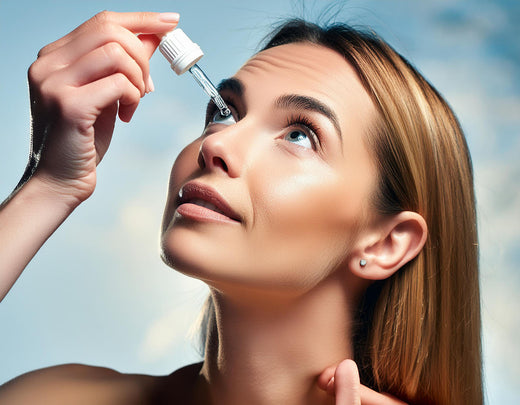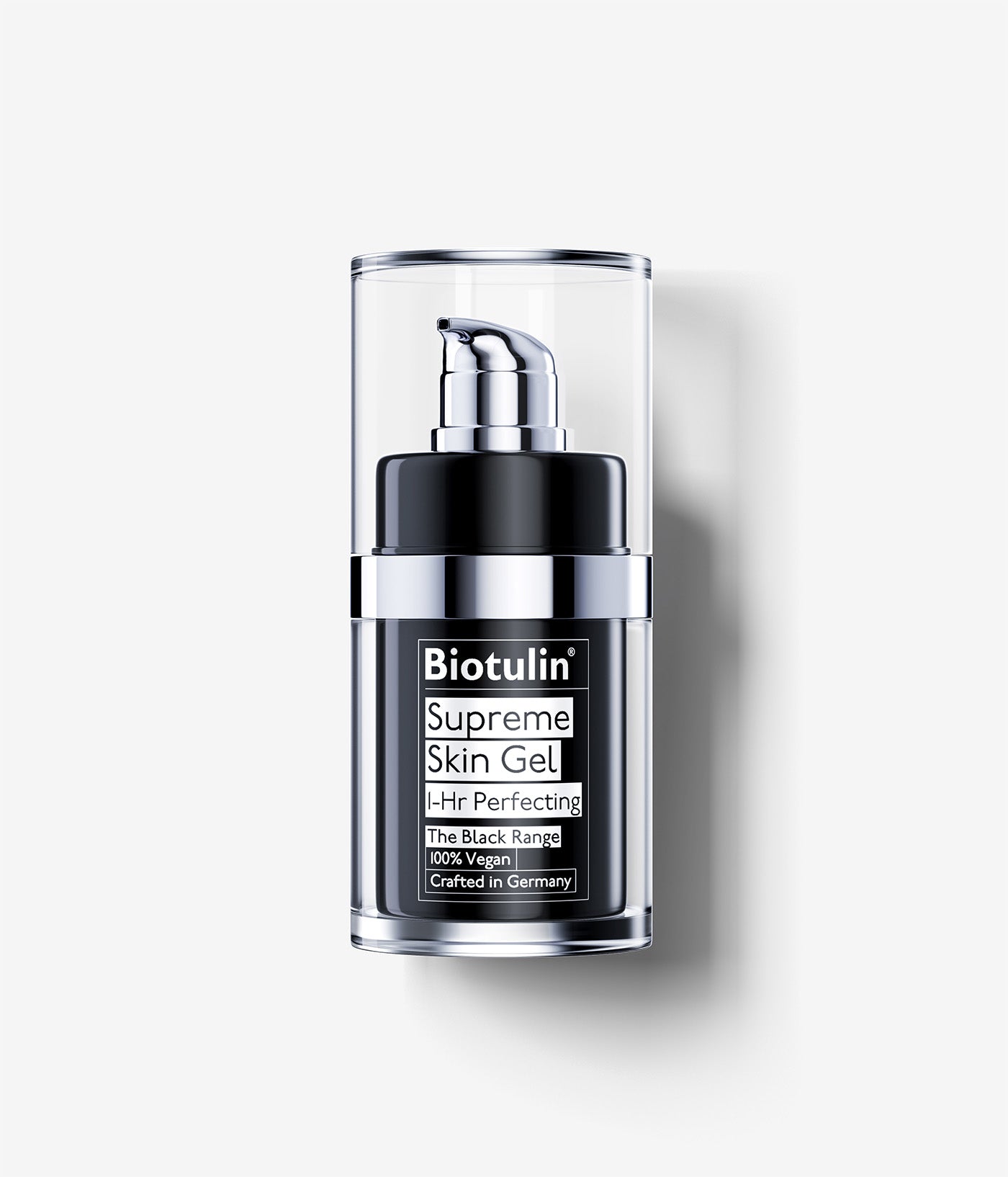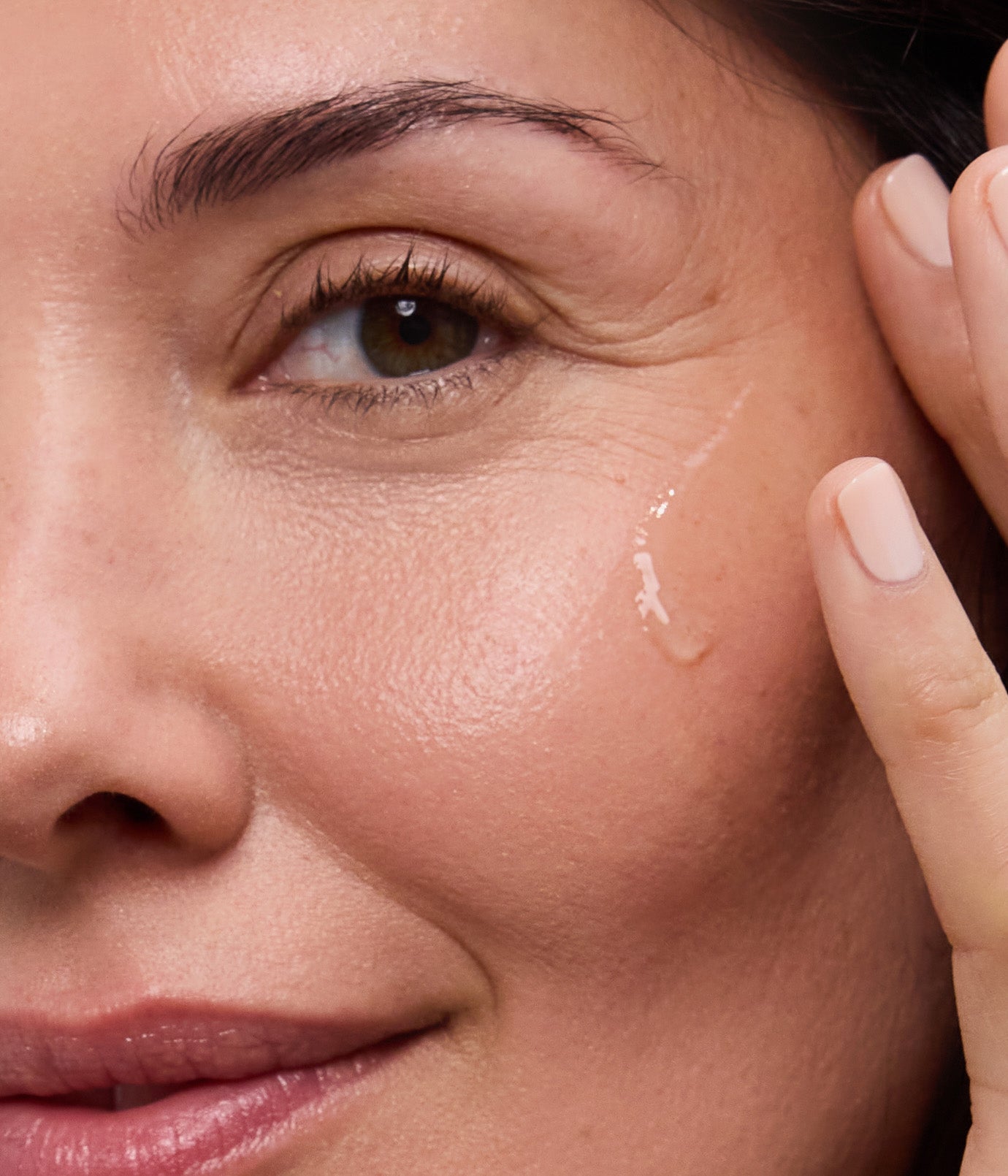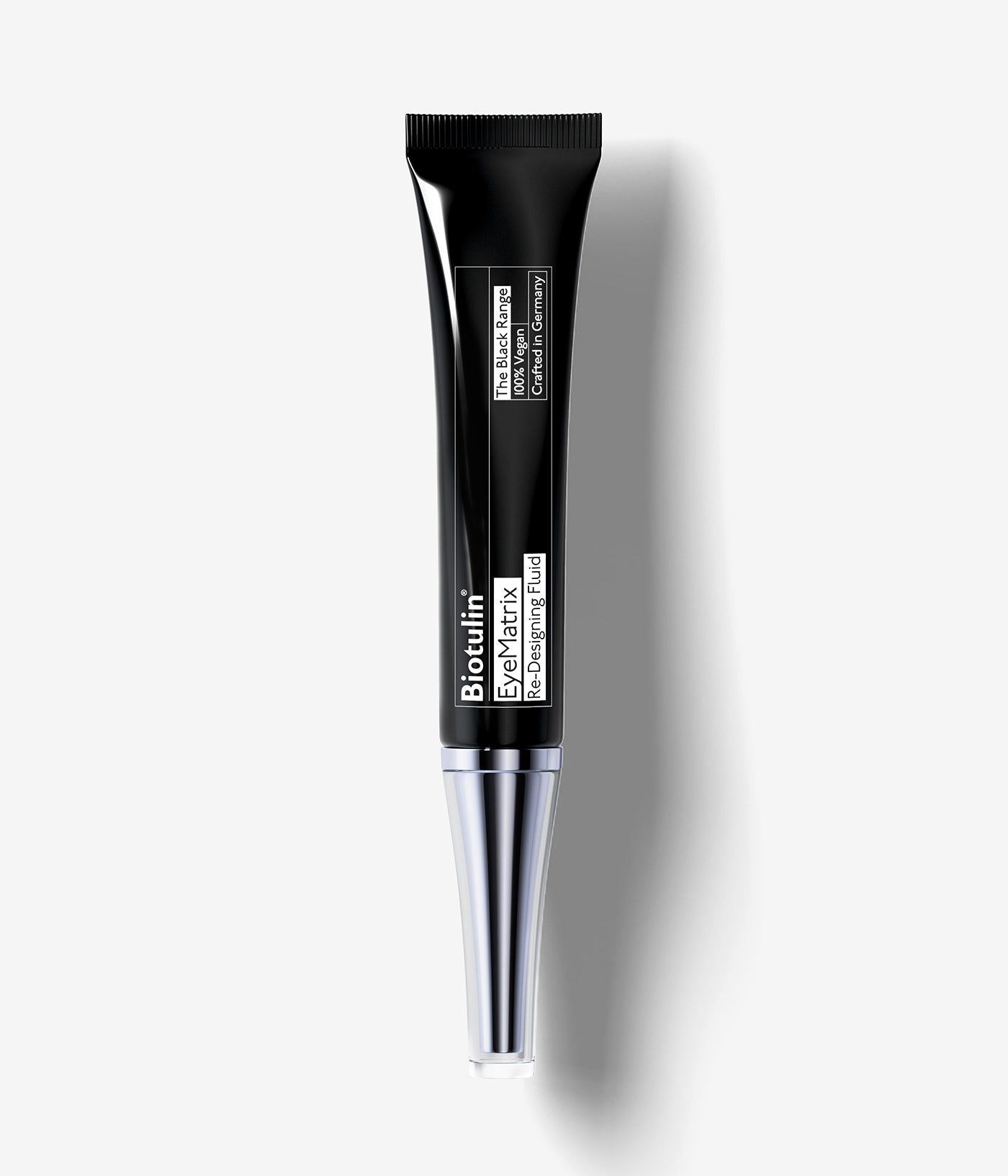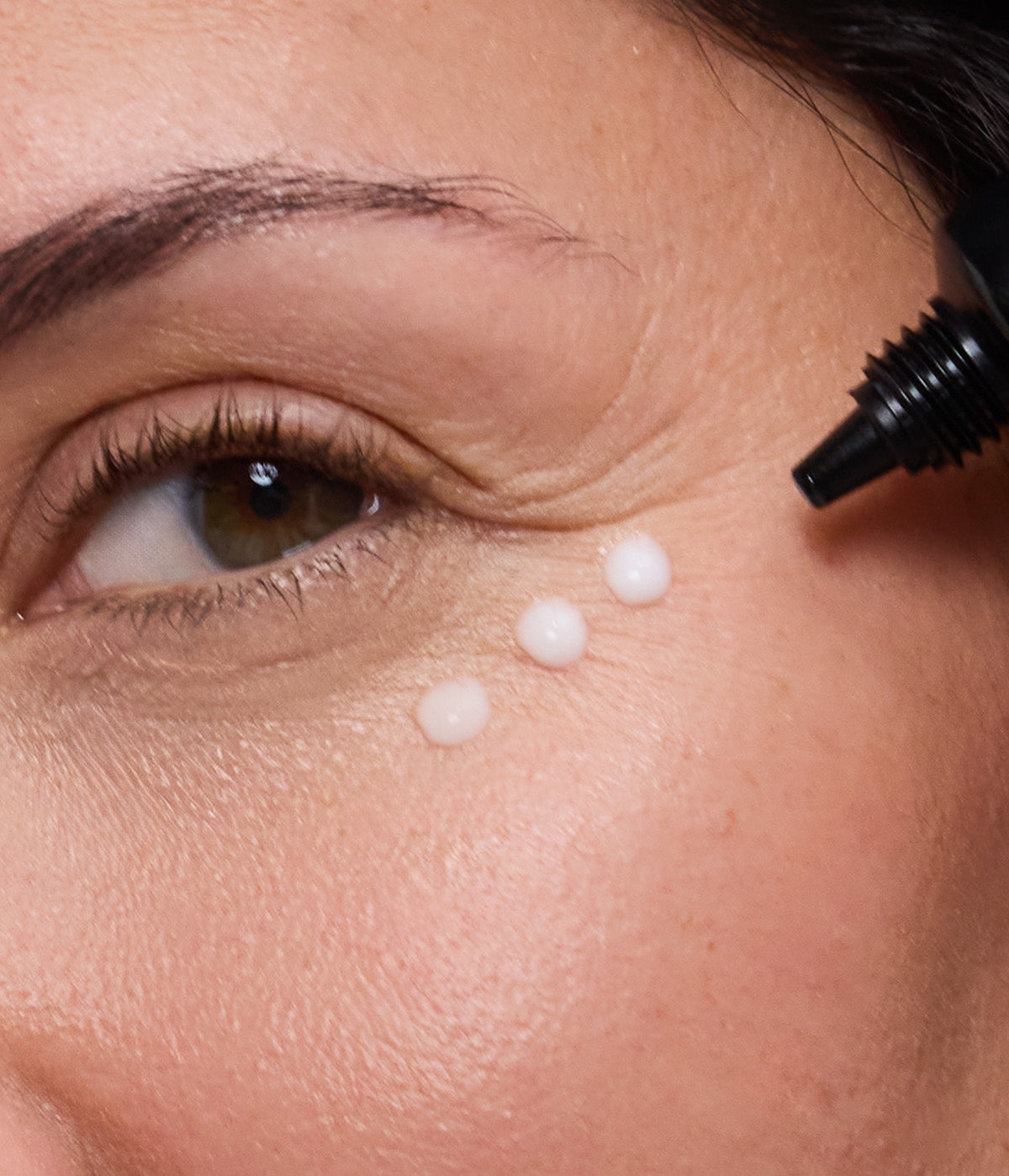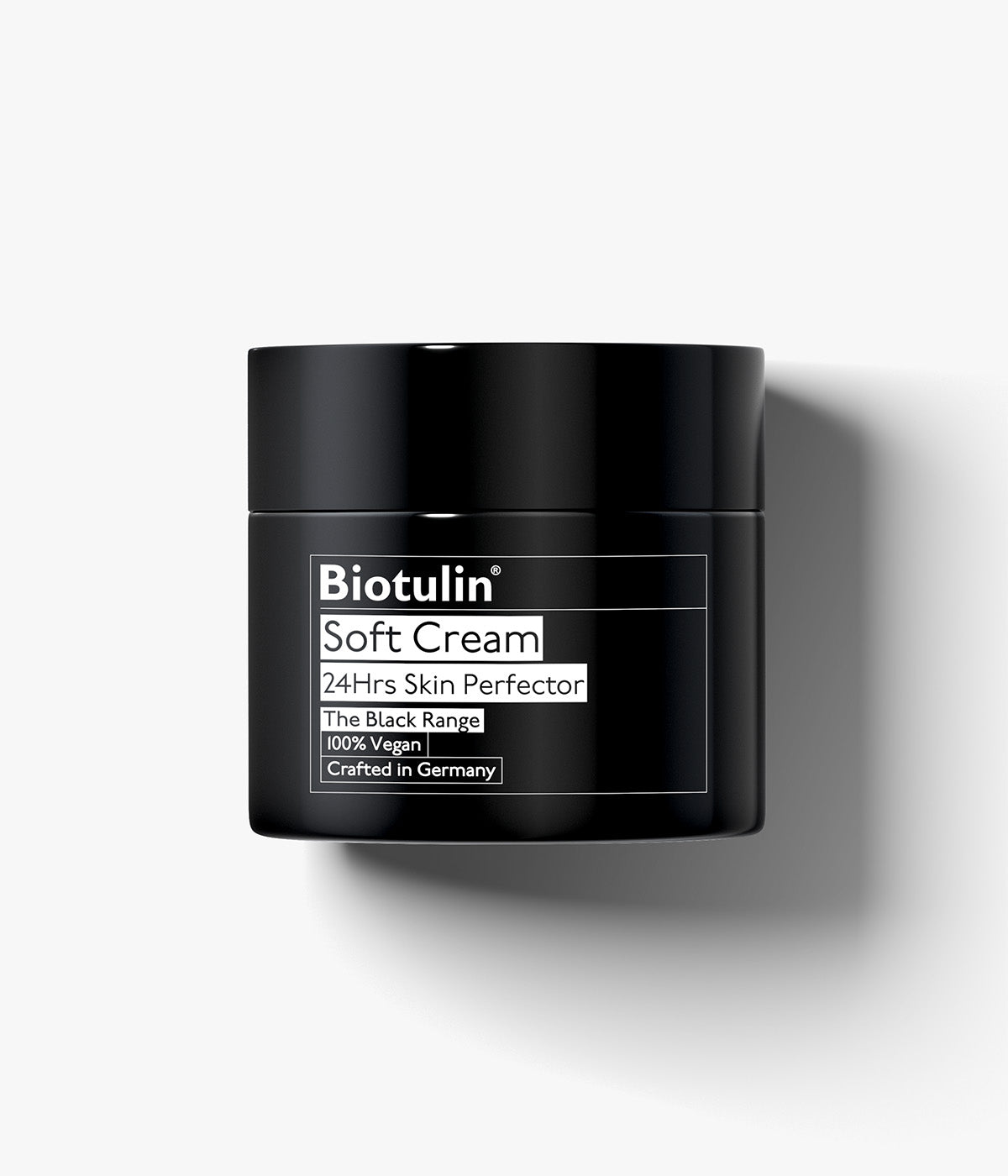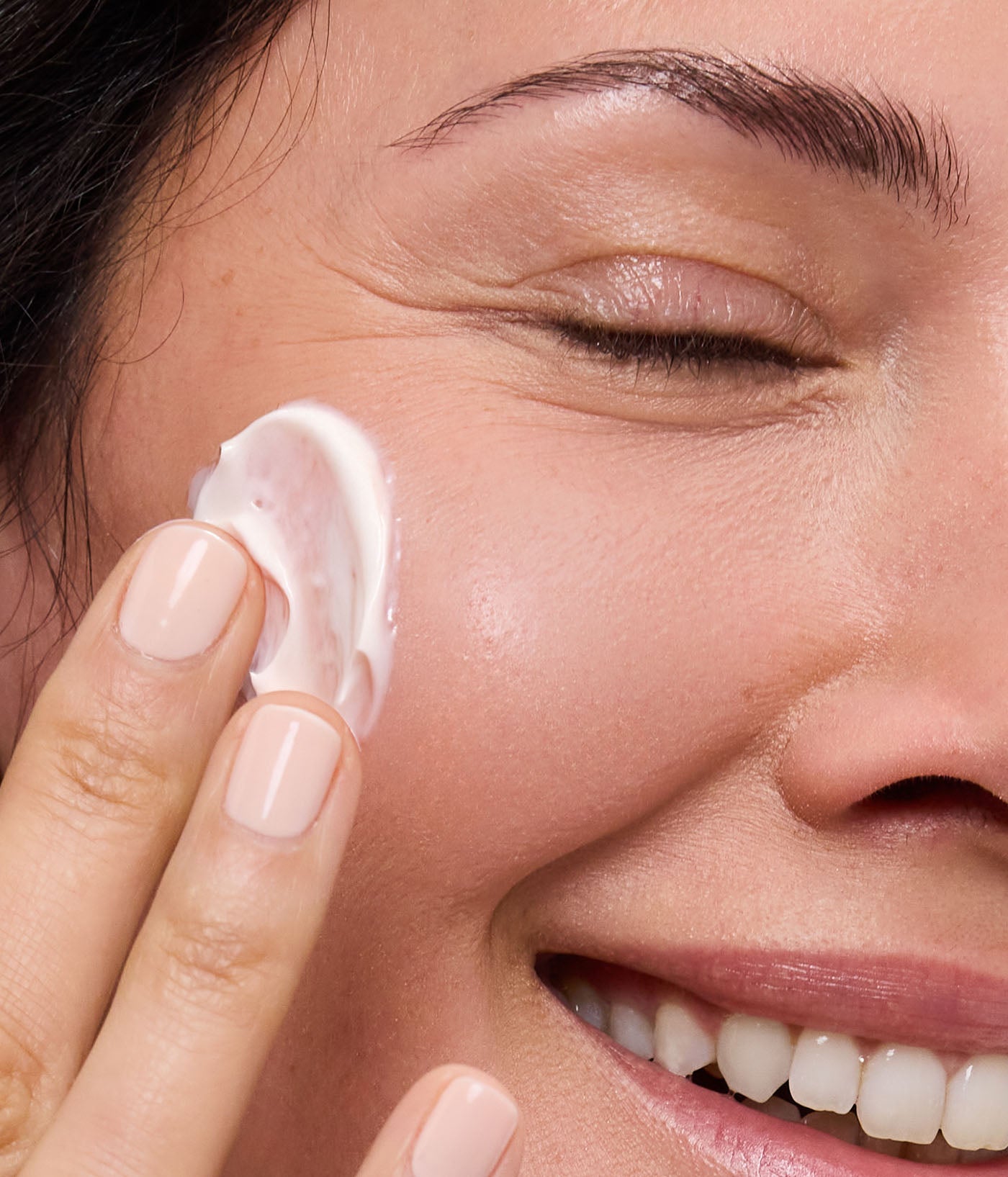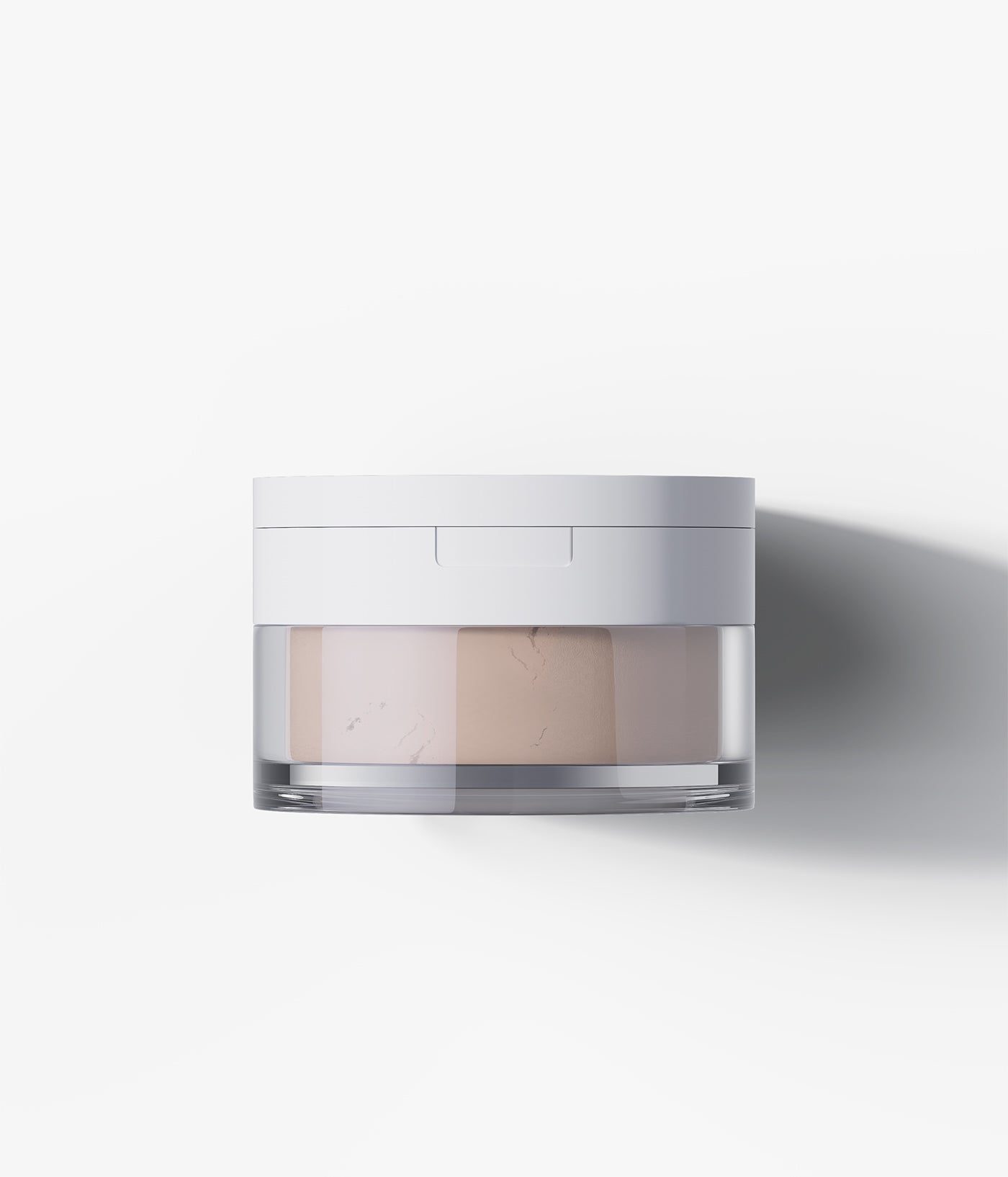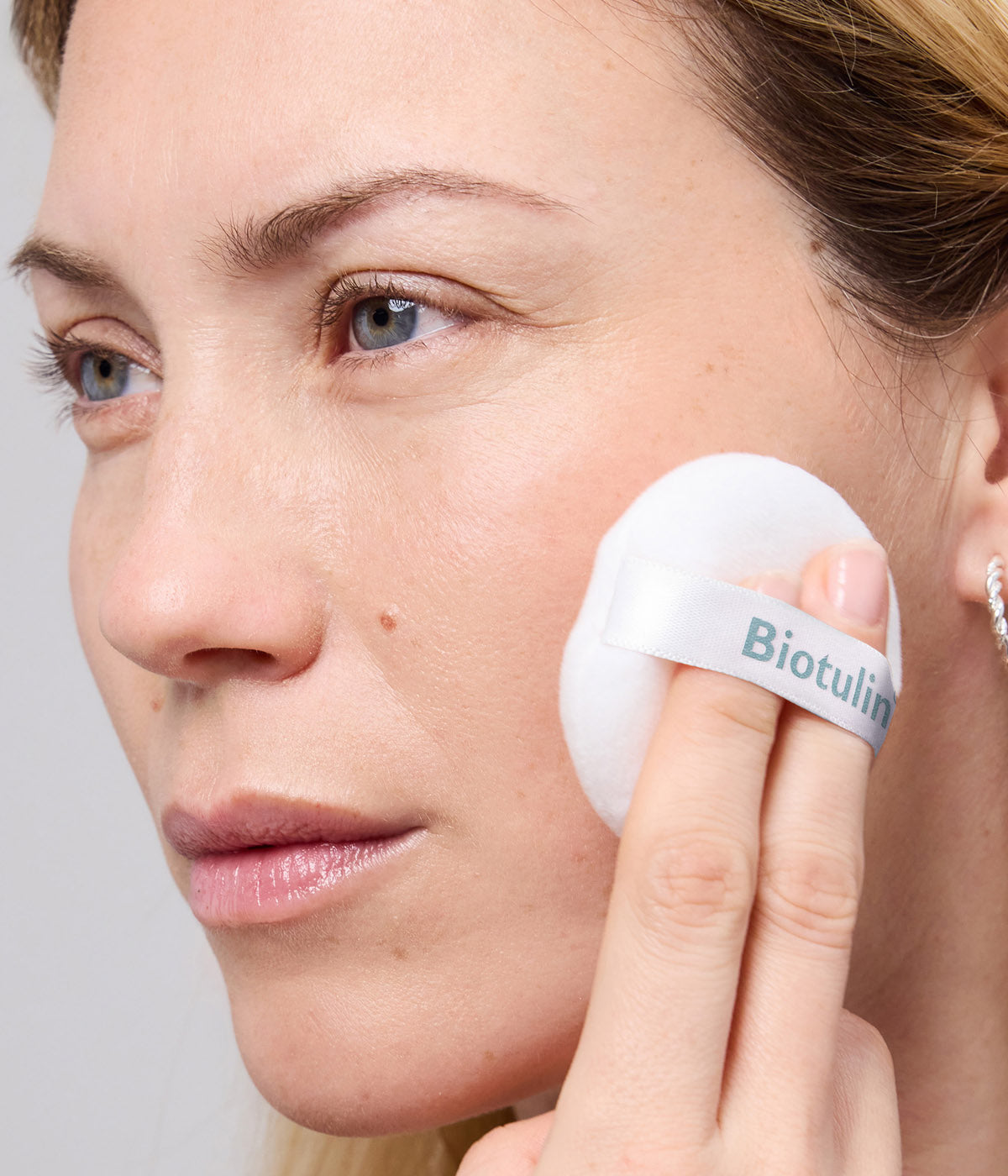As a result of our article on inflamed eyelids, we have received many questions about the best way to prevent and treat inflamed eyelids. In this article we will go into more detail.
Note: Please keep in mind that Lorience Paris KG is a cosmetic company. We do not provide medical advice. If you suspect that you have inflamed eyelids or inflamed eyes, always consult your doctor for further information and medical advice.
Causes of inflamed eyelids
Do you have itchy and/or red eyes? You may have inflamed eyelids. A feeling of "sand in the eyes" or a burning sensation may also indicate this. The medical term for this is blepharitis. In many cases, the inflammation is caused by a bacterium that grows on the sebum (skin oil) near the eyelid or in the hair follicles of the eyelashes. For an overview of the different causes, see our article on inflamed eyelids.
Sebum production is a natural process that occurs everywhere on the skin. However, sometimes this production can be affected by bacteria, which can lead to irritation and inflammation of the skin.
People who suffer from acne rosacea, a skin condition that causes redness on the forehead, nose, and cheeks, may also experience redness on the eyelids.
Preventing inflamed eyelids
Naturally, you want to prevent your eyes from becoming inflamed. What is the best way to do that? Here are a few ways to prevent inflamed eyelids:
1. Friction
How often do you rub your eyes without realizing it? Not only can you damage your eyelashes, but you can also rub bacteria from your hands into your eyes. The result is inflamed eyelids. Try to stay as far away from your eyes as possible.
2. Avoid eye makeup with alcohol
Sometimes eye makeup contains a very small amount of alcohol. Many people can tolerate this, but if you have sensitive skin, it may cause irritation. If you know you have sensitive skin, try to stay away from makeup and skin care products that contain alcohol. Note: This includes makeup removers and cleansers.
3. Keep your skin well hydrated
Dry skin is more prone to irritation and itching. Keep your skin moisturized and protect it from UV rays with a sunscreen. Also, drink plenty of water to hydrate your body from the inside out.
4. Remove scabs and flakes from your eyelids
If you have flakes or scabs on the edge of your eyelashes or at the corners of your eyes, remove them as often as possible to avoid inflammation. You can use a warm compress that you simply place on your eyelids. This will loosen and soften the crusts and flakes from the skin and lashes so you can start your day with "clean eyes". Preferably do this twice a day to remove the accumulated dirt at the end of the day.
5. Test new products on your skin first
It's always fun to try new skin care or makeup products. You just have no idea if you can handle it or not. Always test a new eyeshadow, mascara, or eye cream on another part of your skin first, like your hand. Of course, this method is not waterproof, but you can see if you are allergic to an ingredient in the product. If you still have no reaction after 24 hours, you can test the product on your eye.
Tip: Sometimes skin goes through an "adjustment period" where it itches and becomes irritated. You are using an unfamiliar product that your skin is not used to, and your skin needs to get used to it. So if your skin is a little itchy and red after application, it may go away after two or three days. It will no longer bother you.
6. Remove old make-up
Cleansing the eyelids is extremely important to prevent eyelid inflammation. If you don't remove eye shadow, mascara, and eyeliner from your eyelids every night, it can clog the meibomian glands on your eyelids. Your skin's natural oils then become trapped, which can cause your eyelid to become red and inflamed. Always cleanse at the end of the day, no matter how tired you are!
How can you treat inflamed eyelids?
If you suspect you have inflamed eyelids, always consult a doctor. He or she can determine if a simple compress will help or if you need a special ointment.
What can you do at home?
We understand that you do not want to wait patiently at home for your doctor. You want immediate relief from the itching or burning. Here are some things you can do at home:
1. Warm compress
Apply a warm compress to your eyes twice a day to relieve itching and burning. If you also have dandruff around your eyes, you can use a warm compress to loosen the dandruff. Place the compress on your eyes for 5 to 10 minutes. Make sure the compress stays warm, so moisten it with warm water from time to time.
2. Cleaning
By cleaning the edges of your eyelids, you can remove as much of the bacteria in the sebum as possible. Soak a washcloth or handkerchief (be careful not to choose a fabric with loose fibers) in warm water and gently wipe the lashes and eyelids to remove the dirt.
3. Massage
Take a dry cotton swab and massage in a vertical motion toward the lid margin. Be sure to apply enough pressure to drain the sebaceous glands. It is best to do this twice a day.
4. Baby shampoo
You can also degrease the eyelid margins with baby shampoo and warm water. Dampen a handkerchief or cotton ball by placing it in a glass of warm water with two to three drops of baby shampoo. The shampoo will remove as much of the dandruff and sebum as possible. After using baby shampoo, don't forget to rinse your eyelids with lukewarm water using a cloth or cotton ball.
Blepharitis Eyelid inflammation
Eyelid hygiene instructions for chronic blepharitis and dry eyes. Prof. Findl explains the exact process of warm compresses, eyelid hygiene and eyelid massage.
Measures a doctor can prescribe
The above measures may also be recommended by your doctor to see if the inflamed eyelids are already reduced. However, if the blepharitis persists, your doctor may prescribe one of the remedies listed below:
1. Artificial tears
If the inflamed eyes are caused by dry eyes, artificial tears can be a godsend. Artificial tears contain a wetting agent that is often prescribed to reduce tear production.
2. Eye mask
Instead of a warm compress, your doctor may recommend an eye mask. These eye masks contain a special gel that you can apply or heat.
3. Eye ointment
An eye ointment may contain antibiotics and/or corticosteroids. This ointment is often prescribed for a few weeks, after which you must stop using it. This treatment may be repeated if necessary.
4. Eye drops
Applying a drop to the edge of the eyelids and rubbing it in twice a day can help reduce eyelid inflammation. The main goal is to really lubricate the gel between the lashes. Eye gel is often recommended for a period of time, after which the discomfort usually goes away.
Preventing and Treating Inflammation of the Eyelids
In the article above, you read about the first steps you can take to prevent an inflamed eyelid. We also discussed some of the treatments you can do yourself and briefly described some of the treatments your doctor may use. If you suspect that you have inflamed eyelids, it is important to visit your doctor to discuss your condition.


